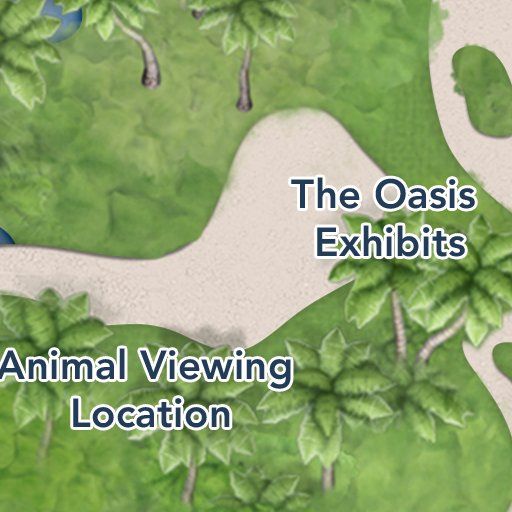
Migratory Birds - Disney Animals
Migratory Birds at Walt Disney World Resort
Disney’s Animal Kingdom park is home to some very special migratory bird species. Watch for bar-headed geese at Maharajah Jungle Trek and white storks at the Tree of Life. Spot Northern pintail ducks at The Oasis near the main entrance to the park and other species throughout the treks and trails in Africa, Asia and DinoLand, U.S.A.
Migratory Birds in the Wild
One out of 5 birds—over 2,000 species—migrate from location to location every year. Migratory birds are found on every continent around the world. Migrations coincide with seasonal changes, usually to feeding grounds in the winter and to breeding grounds in the spring. Many birds migrate from north to south for the winter, but in the southern hemisphere birds travel south to north for the winter.
Migratory Birds at Disney: Home Away From Home
Migratory birds abound at the Walt Disney World Resort.
Bar-Headed Geese
Bar-headed geese, found on the Maharajah Jungle Trek, are one of the world’s highest flyers, known to cross the Himalayas at altitudes high enough to pass over the summit of Mount Everest!
White Storks
White storks, found at the Tree of Life, breed in the wetlands of Europe, the Middle East and west-central Asia, then cross entire continents to winter in southern Africa—often migrating straight across the Sahara desert without stopping.
Northern Pintail Ducks
Elegant Northern pintail ducks, found in the Oasis, inhabit lakes, rivers, marshes, swamps and tundra wetlands from North America and central Europe to southern Asia, South America, Africa and the Pacific islands.
A Wild Bird Refuge at the Resort
Walt Disney set aside one-third of Walt Disney World Resort—over 8,000 acres of wetland and upland habitats—as a protected area. This area serves as an important corridor for many species of migratory birds. Many birds make it their winter home and breeding ground. In total, more than 200 bird species call Walt Disney World home, either seasonally or year-round.
Disney Conservation: Saving Migratory Birds
The Walt Disney Company is passionately committed to the protection of migratory birds and their natural habitats.
Threats to Migratory Birds
More than 40% of migratory bird species are in decline—and more than 200 species are now considered globally threatened as a result of habitat loss and competition with humans.
Finding Safe Stopovers
Birds flying on their migration routes (flyways) need to stop and rest at safe places that have clean water, food and cover. But these stopover habitats are disappearing at alarming rates as a result of deforestation, human development, pollution, pesticides and changes in water levels and quality.
The Purple Martin
Disney Cast Members are currently monitoring and working to protect the purple martin, a small songbird. The purple martins you see at Walt Disney World Resort travel an incredible 3,000 miles (4,800 km) from their winter grounds in the Brazilian Amazon, with one very important mission: to raise a family. They are dependent upon people to house them, so keep an eye out for purple martin houses installed throughout Walt Disney World Resort.
In addition, support from the Disney Conservation Fund is helping nonprofit organizations study and protect purple martins from Brazil to Florida.
The Siberian Crane
The Siberian crane is critically endangered due to the loss of wetland habitat along its migratory route. Support from the Disney Conservation Fund has helped advance the International Crane Foundation’s efforts to save Siberian cranes through population monitoring and protecting important stopover sites along the 3,000-plus-mile (4,800+ km) migration path the birds take each year.
*The Disney Conservation Fund is supported by The Walt Disney Company and Guests of Walt Disney Parks and Resorts, with 100% of Guest contributions matched by Disney and directed to nonprofit organizations. Additionally, Disney covers all costs of managing the fund. The Disney Conservation Fund is not a charitable organization, and donations are not deductible as charitable contributions for US tax purposes.









